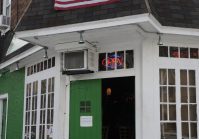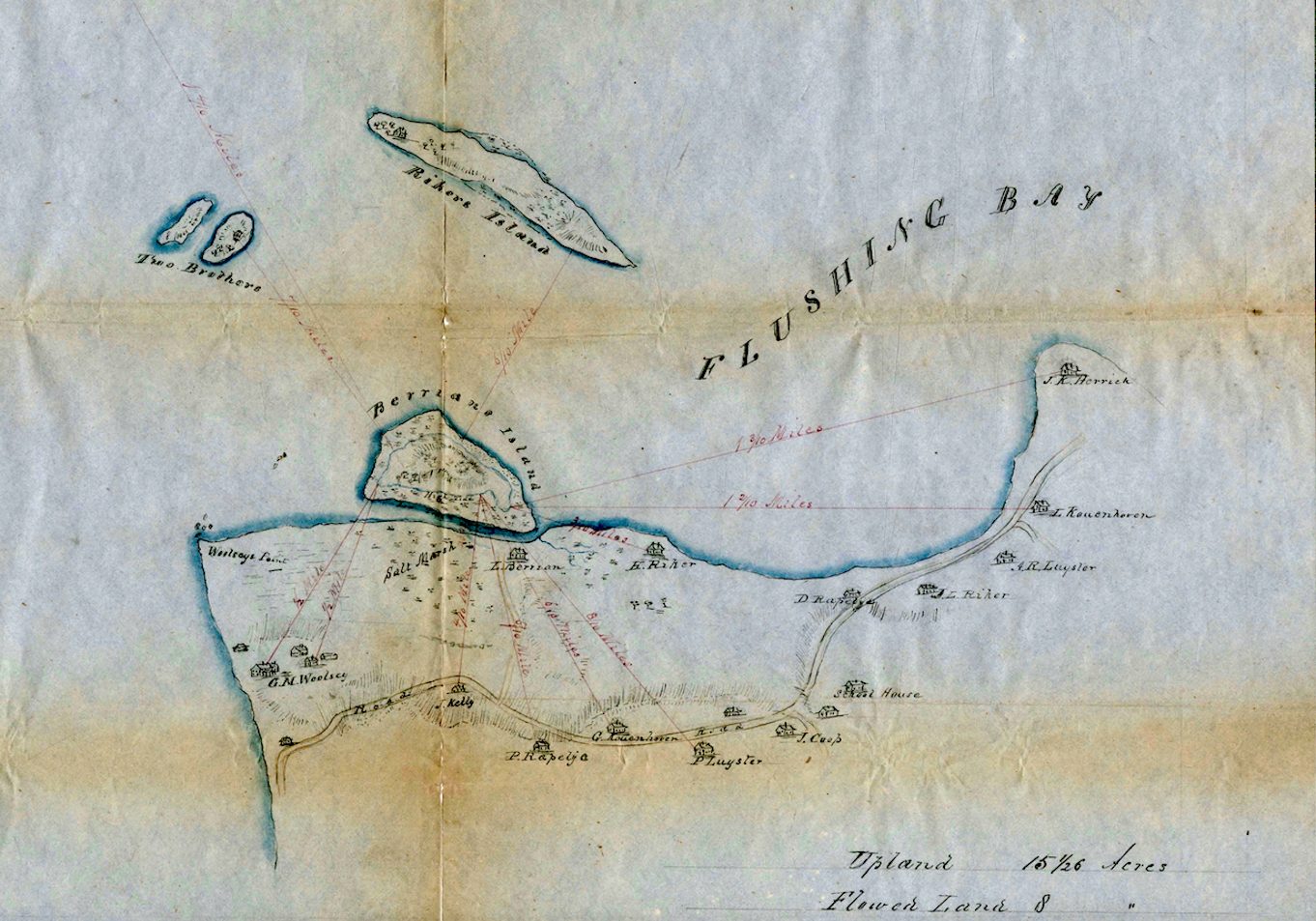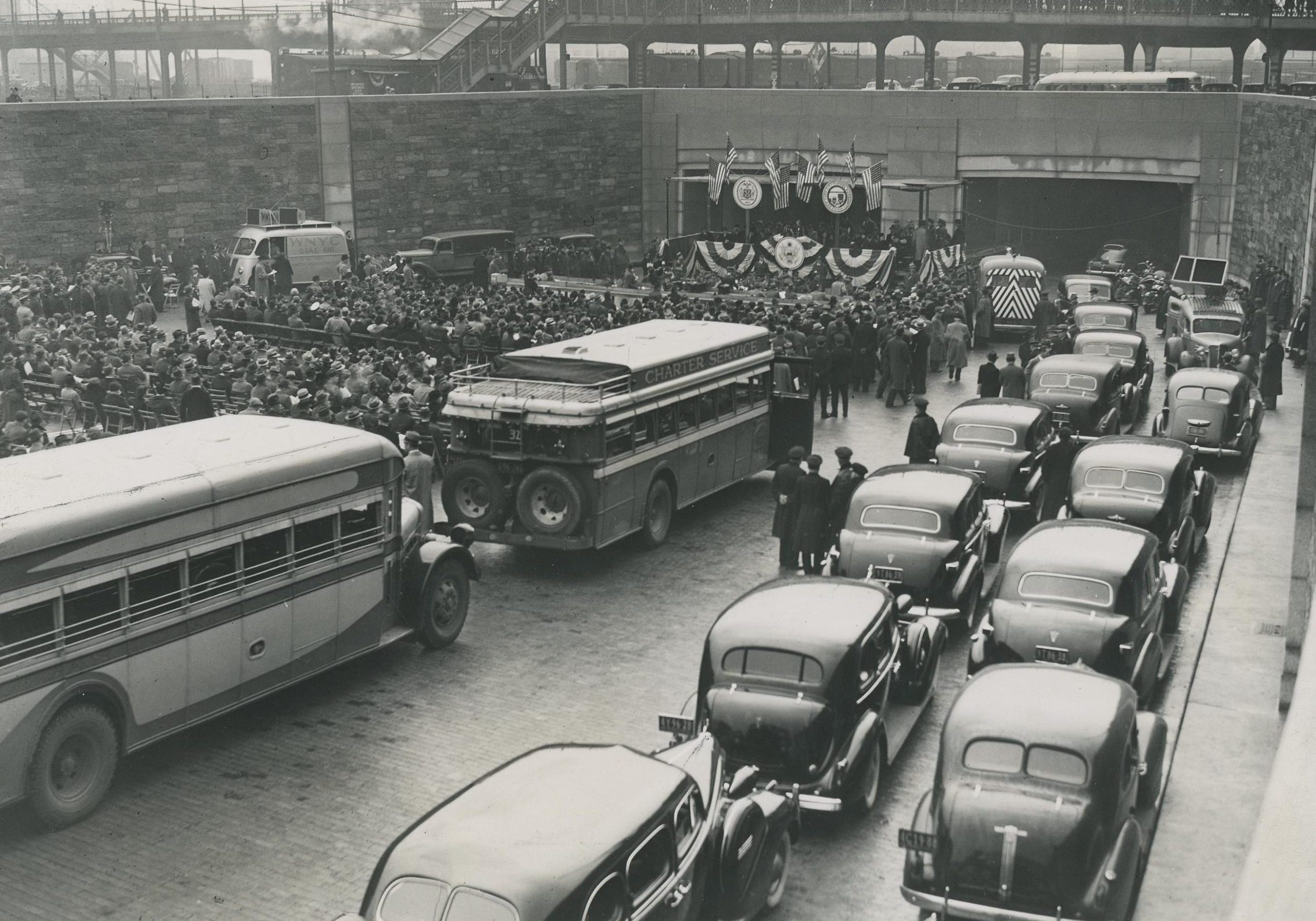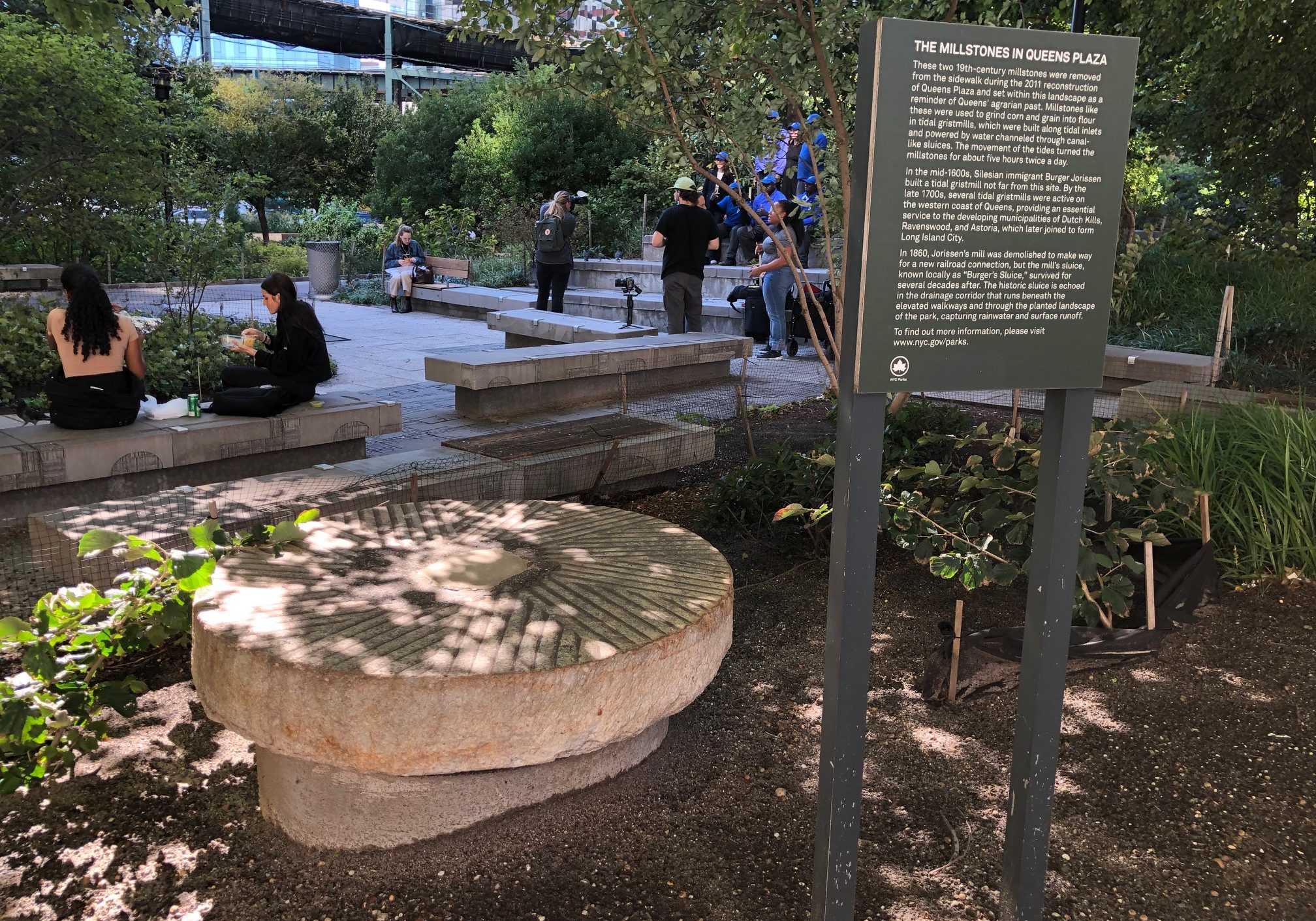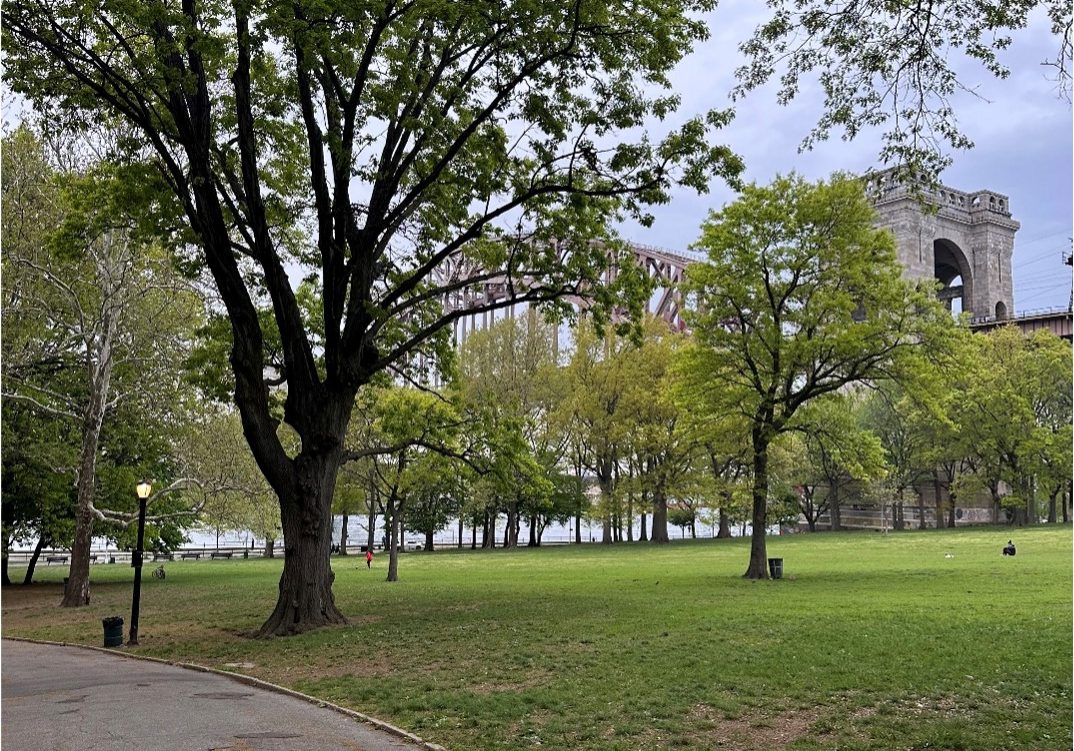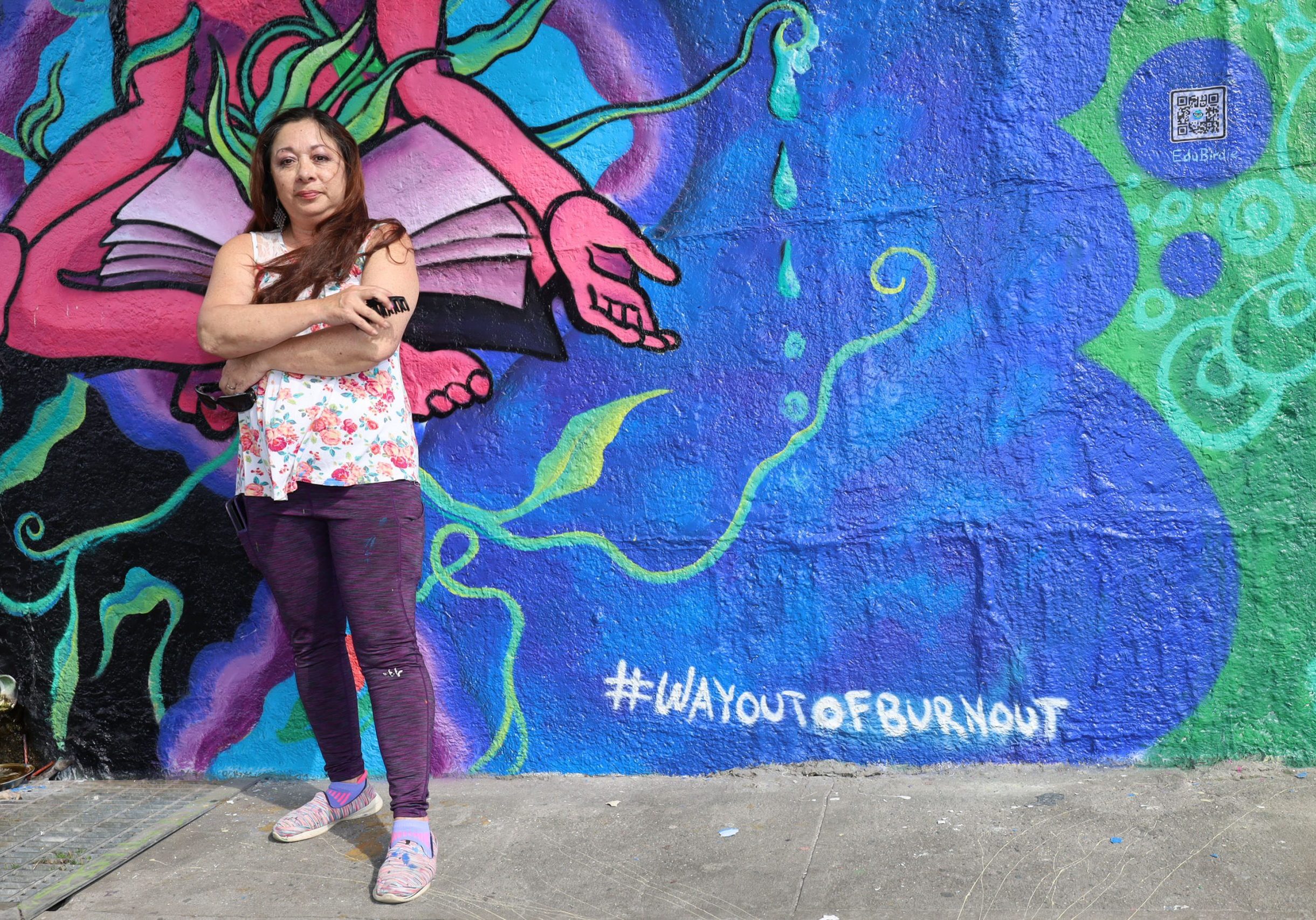DOT Reveals Lackluster Safety Plan
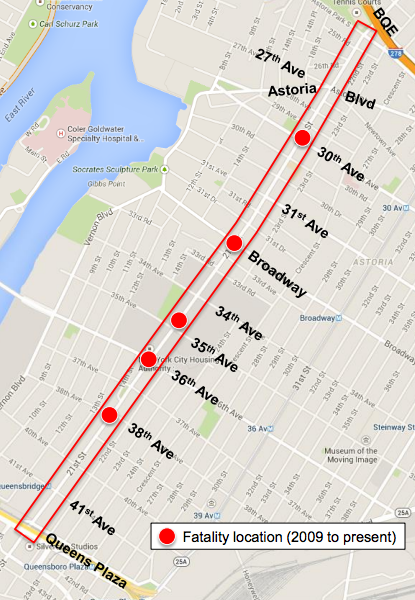
The DOT took notice, and has revealed a plan to make the area safer. The plan, though, doesn’t seem to hold up. Here’s what Streetsblog originally reported:
“The plan covers approximately two miles of 21st Street between the Queensboro Bridge and Triboro Bridge. In terms of safety, the street ranks in the bottom third of Queens’ roads. There were five fatalities on 21st Street from 2009 to 2015, including two pedestrians and one cyclist, according to DOT. From 2009 to 2013, there were 14 serious injuries, including five pedestrians and one cyclist.
Fatalities along 21st Street
The agency is proposing adding LED lights, which are already in the process of being phased in citywide, to improve nighttime visibility. It will also refresh the street’s paint, adding high-visibility zebra markings to existing crosswalks and installing a new stripe along the curbside parking lane to reduce speeding.
Earlier this month, DOT added leading pedestrian intervals, which give pedestrians a seven-second head start, to 10 intersections. An LPI was already in place at 21st Street and Broadway.
A total of 12 painted curb extensions will be added to nine intersections to shorten crossing distances. Council Member Costa Constantinides says his office will pay the Doe Fund to maintain the painted neckdowns, which could be candidates for capital upgrades funded through the council district’s participatory budgeting process. DOT also says it is seeking funds for capital upgrades to the neckdowns.
One spot that isn’t getting much attention from DOT is the complex intersection of Astoria Boulevard, 27th Avenue, and 21st Street. The Department of City Planning’s western Queens transportation study recommended neckdowns and pedestrian islands for the intersection, but they do not appear in DOT’s plan.
21st Street has long stretches without traffic signals or marked crosswalks, and DOT plans to install a new traffic signal at 29th Avenue. The intersections at 28th Avenue, 30th Road, 33rd Avenue, and 39th Avenue, however, did not meet DOT’s requirements for new signals.
21st Street and 30th Avenue
Assembly Member Aravella Simotas, Council Member Jimmy Van Bramer, and State Senator Michael Gianaris all had the same fundamental message: The plan is a good start, but they want more. “It wasn’t everything we were looking to get,” Constantinides said. ”There is definitely more that can be done on 21st Street.”
While the elected officials seem most focused on securing additional traffic lights, signals don’t necessarily make a street safer. Steve Scofield, a Transportation Alternatives volunteer who grew up on 21st Street in the 1950s, said bike lanes and pedestrian islands could be included as part of a road diet. “There’s frequently just one lane of moving traffic,” he said, “and you’re just weaving back and forth between double parkers and left turners.”
DOT says it studied a road diet but did not pursue it because of high traffic volumes, including during off-peak hours. Many of the street’s drivers, bound for the free Queensboro Bridge, are avoiding tolls on other crossings.
“Toll shopping’s not good for anyone,” said Constantinides, who added that “there’s a lot of good” in the Move NY toll reform plan. “It looks like it’s more of an Albany proposal,” he said. “I’m going to continue to speak with some of my colleagues about it.”
Constantinides, who called for Select Bus Service on 21st Street during his campaign in 2013, said the street needs a long-term plan as western Astoria continues to densify.
“We’re going to have to constantly re-evaluate this street,” Constantinides said. “I don’t think this is going to be a roadway that is forgotten by DOT.”
The Queens Community Board 1 transportation committee overwhelmingly voted to support DOT’s plan on Monday, said district manager Lucille Hartmann. The plan now goes up for a vote at the full board on March 17. DOT says it hopes to implement the changes after a street resurfacing planned for 21st Street later this year.”
What we’re seeing is small steps to fix the problem – while installing one new streetlight helps, other streets on Astoria Boulevard also would need them – but since they don’t meet requirements, they’ll remain as they are.
Another thing that we feel needs addressing is the increase in local cyclists. While we realize a lot of the roads in Astoria aren’t meant for bikes, we do think that something needs to be done, safety wise.





